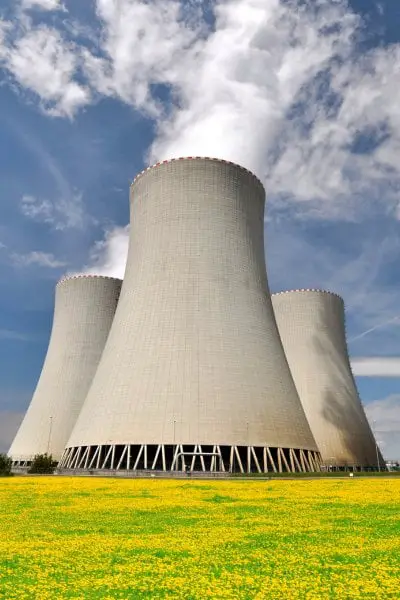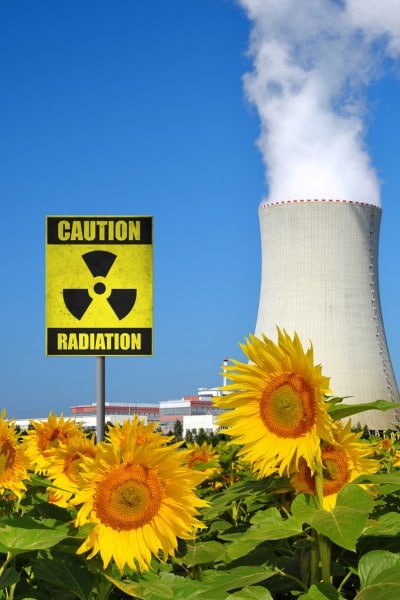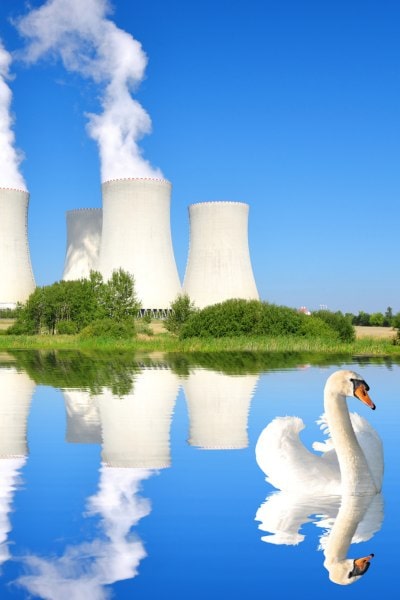Living near a nuclear power plant has been a topic of concern for many people. While nuclear power plants are a source of clean energy, there are concerns about the potential risks associated with living near one.
Many people wonder if it is safe to live near a nuclear power plant and what risks they may face.
According to the Canadian Nuclear Safety Commission (CNSC), nuclear power plants are designed to be safe and secure.
They are built to withstand extreme weather conditions, earthquakes, and other natural disasters.
The CNSC regulates all stages of the life of each nuclear power plant in Canada, from the environmental assessment required before plant construction to the decommissioning of the facility once operations are ended.
However, despite the safety measures in place, there are still concerns about the potential risks associated with living near a nuclear power plant.
Some people worry about the possibility of a nuclear accident, while others are concerned about the impact on their health from exposure to radiation.
It is important to understand the risks associated with living near a nuclear power plant and to make an informed decision about whether it is safe to do so.
The Safety of Living Near a Nuclear Power Plant

Living near a nuclear power plant can be a concern for many people. However, the Nuclear Regulatory Commission (NRC) assures that nuclear power plants in the United States are safe and secure.
This section will discuss the precautions taken by nuclear power plants, the risk of radiation exposure, evacuation plans, standards, and regulations.
The Precautions Taken by Nuclear Power Plants
Nuclear power plants take several precautions to ensure the safety of the surrounding communities. These precautions include:
- Regular inspections and maintenance of the power plant to ensure that it is functioning correctly.
- Strict security measures to prevent unauthorized access to the plant.
- Emergency response plans in case of an accident.
- Regular training of plant employees to respond to emergency situations.
The Institute of Nuclear Power Operations (INPO) and the NRC oversee the safety and security of nuclear power plants in the United States.
They ensure that the plants are following safety protocols and regulations.
READ ALSO: What is a Safe Distance to Live from a Gas Station? Expert Insights
The Risk of Radiation Exposure

The risk of radiation exposure from living near a nuclear power plant is low. According to the Environmental Protection Agency (EPA), people living near nuclear power plants receive less radiation exposure than from natural sources such as the sun and rocks.
In the unlikely event of a radiation leak, the NRC recommends that people living within 10 miles of the plant tune in to their local radio or television station for instructions.
The NRC also recommends that people living within 50 miles of the plant have potassium iodide pills on hand, which can help protect the thyroid gland from radiation exposure.
Evacuation Plans
Nuclear power plants have evacuation plans in case of an emergency. These plans include:
- Alerting the public of the emergency through the Emergency Alert System (EAS).
- Providing instructions on evacuation routes and shelter locations.
- Transportation assistance for those who need it.
It is important for people living near a nuclear power plant to be familiar with the evacuation plan and to follow instructions in case of an emergency.
Standards and Regulations

The NRC sets strict standards and regulations for nuclear power plants to ensure their safety. These standards include:
- Regular inspections of the plant by the NRC.
- Requirements for emergency response plans.
- Strict security measures to prevent unauthorized access to the plant.
- Requirements for the safe handling and disposal of nuclear waste.
Additionally, the NRC requires nuclear power plants to be located at least 10 miles away from major population centers to reduce the risk of harm to people in case of an accident.
The Environmental Impact of Nuclear Power Plants

Nuclear power plants provide a significant source of energy for many countries. However, they also have a considerable impact on the environment.
This section will explore the environmental impact of nuclear power plants, including contamination of water and soil and the impact on wildlife and ecosystems.
Contamination of Water and Soil
One of the most significant environmental concerns associated with nuclear power plants is the contamination of water and soil.
Nuclear power plants require large amounts of water for cooling, which can have a significant impact on local water resources.
The cooling water is often discharged back into the environment at a higher temperature, which can harm aquatic life.
In addition, nuclear power plants can release radioactive materials into the environment, which can contaminate water and soil.
This contamination can persist for decades or even centuries, depending on the half-life of the radioactive material.
Exposure to radioactive materials can have serious health effects, including cancer and genetic mutations.
READ NEXT: Staying Safe from Pesticide Drift: How Far is Safe Enough?
Impact on Wildlife and Ecosystems

Nuclear power plants can also have a significant impact on wildlife and ecosystems.
The construction and operation of nuclear power plants can cause habitat destruction and fragmentation, which can disrupt local ecosystems.
In addition, nuclear power plants can release pollutants into the air and water, which can harm wildlife and plant life.
One of the most significant impacts of nuclear power plants on wildlife is the risk of radiation exposure.
Exposure to radiation can cause mutations and other health effects in wildlife, which can have long-term impacts on local ecosystems.
In addition, nuclear power plants can also have an impact on migratory patterns and breeding habits of wildlife.
While nuclear power plants can provide a significant source of energy, they also have a considerable impact on the environment.
It is essential to carefully consider the environmental impact of nuclear power plants when deciding whether to build new plants or expand existing ones.
Other sources of energy, such as solar and wind, could be more environmentally friendly alternatives.

Jack is the owner, chief editor, and senior writer of this website.
Machinery, engines, and farming have always been a passion of his since he was a young boy. Growing up on a small farm in rural America, he learned the value of hard work and dedication from an early age.
After completing his degree in Engineering, he decided to follow his dream and became a farmer in 2009.
Since then, he has gained a wealth of knowledge and experience in the field. He has grown a variety of crops, tended to farm animals, and worked with all sorts of farming machinery. Continue reading…






